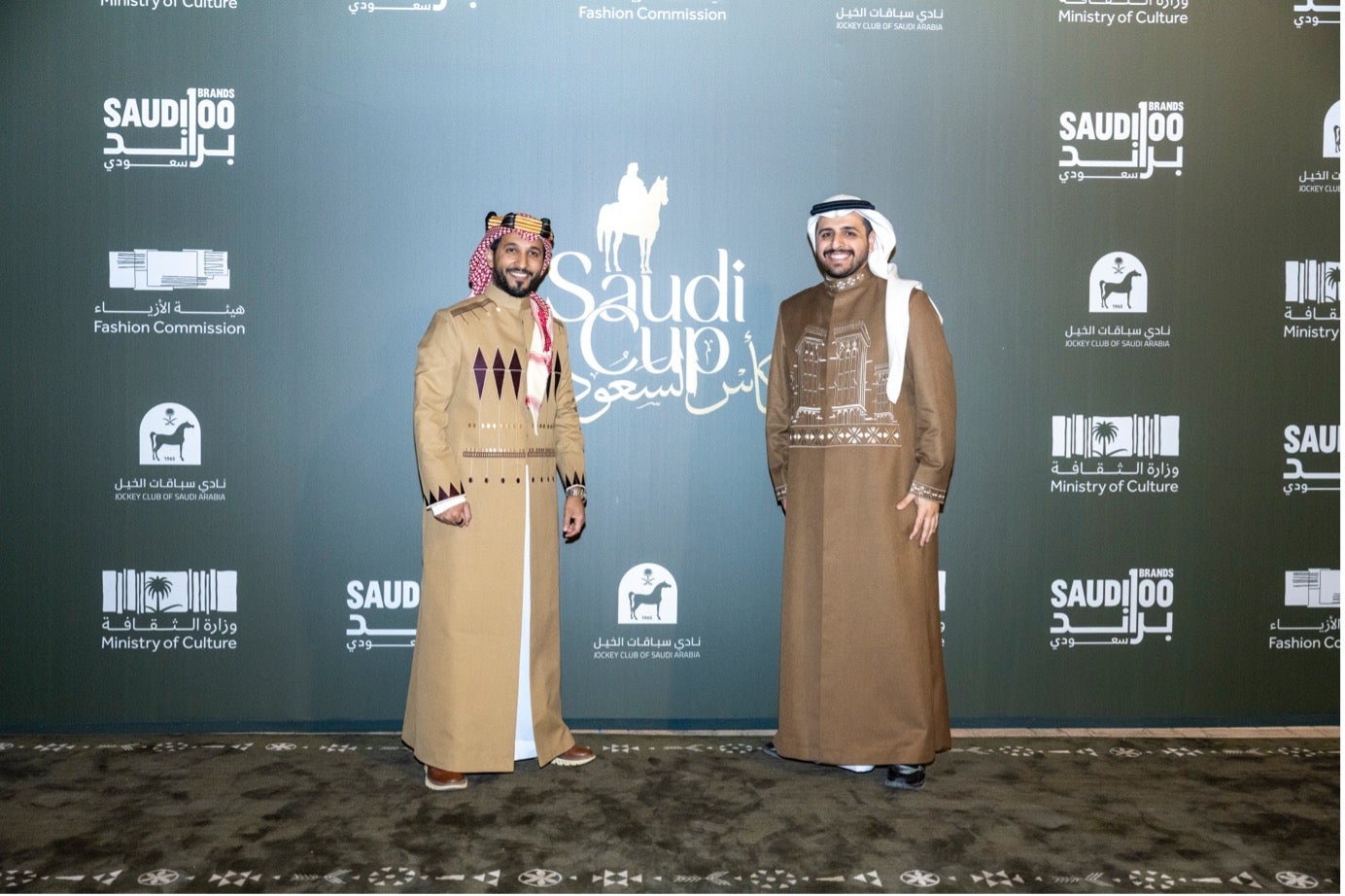Night falls on a place of romance and endeavour
Mark Jones reflects on two mesmerising days at a festival not just of horses and horseracing – but of a Kingdom’s soul

It was 11pm at night. The air was perfectly warm, the desert winds at their most balmy. The lights of Riyadh shone beyond the landscape of desert and highways that separated us from the city.
I walked along with a friend as the grandstand emptied. Everyone we saw was laughing, excited as the crowds headed home or to the restaurants and cafes such as Irth, an eatery offering delectable traditional Saudi cuisine where we enjoyed the national dishes of Jareesh; a cracked wheat recipe seasoned with aromatic spices and Maqshsush, buckwheat panbites topped with ghee, honey and dates molasses, among others.

On the music stage, the entertainment was about to begin. A gaggle of excited friends and supporters crowded around an elderly bearded man. His horse had just won the most valuable race in the world: no wonder they were excited.
I turned to my friend and said ‘it’s been such a happy event hasn’t it?’
It wasn’t the most devastatingly insightful comment. But it has the advantage of being true.

The Saudi Cup, organized by the Jockey Club of Saudi Arabia in partnership with the Ministry of Culture is a two-day race meeting held at the King Abdulaziz racetrack every February. It’s only been going since 2020, but has already become the unofficial first ‘major’ of the flat racing season. It attracts trainers, jockeys and owners from all over the world. A French female jockey won the International Jockey Challenge held on the first day of the meeting. A horse belonging to a retired Scottish football manager won one of the big races on the second. As for the big race, it was won by Señor Buscador, ridden by jockey Junior Alvarado – and owned by a Saudi.
His Royal Highness Prince Mohammed bin Salman bin Abdulaziz Al-Saud, Crown Prince and Prime Minister of the Kingdom of Saudi Arabia presented the Saudi Cup trophy to the winner, and Prince Bandar bin Khalid Al-Faisal, chairman of the Jockey club of Saudi Arabia has spoken of his pride in the quality of competition the races attract.
But what’s just as important about the Saudi Cup is what the event – the whole event, not just what happens on the track – matters to the people of the Kingdom.
This international event has become a chance for all local and international attendees to celebrate the Kingdom’s culture, regions, traditions and the new wave of creative talents and athletes.
We continued our stroll towards the big stage where the musicians were warming up.
Where we strolled past one of the many cultural activations organized by the Ministry of Culture, we find a low wooden exhibition building where they’d told the story of the Arabian horse. We skirted the group of wooden plinths where artist Big_MOE50 had been displaying his painted saddles, applying his unique blend of graffiti and classical calligraphy to the symbols, patterns and nature of his homeland.
Behind a curtain, inside a tented space filled with mirrors and light, the art installations as "Window of Culture," and "Luminous Patterns" showcase artistic works inspired by the traditional Qitān al-Bisht. A long gallery of historic photographs told the story of Saudi Arabia. In a workshop, next to that, we’d learned about the historic crafts of artifact preservation, book binding and decorative painting.

Then we went into the Saudi 100 Brands pavilion. If the parade ring was the beating heart of the racing event, this was the heart of the culture village. For two days, everyone had thronged here to see an extraordinary display of work from cutting edge Saudi fashion designers. If you can describe clothes as both modest and daring, traditional and avant-garde that is what these designers had achieved.
And the attendees themselves were well worth looking at. The event was an invitation to dress in your finest: to show off the styles of your home city or province and wear the most beautiful fabrics – I am talking about men and women here.
I’ve been to fashion events around the world. They can often be earnest, po-faced occasions, as if wearing beautiful clothes were the most serious business on the planet. Not here. Again, the atmosphere was happy, playful, celebratory, with everyone simply sharing the joy of wearing fine and beautifully-made clothes.

And then, finally, to the stage. The festival was reaching its climax with Hajees, a new work celebrating the origins of the animal we had all come here to admire and love: the Arabian horse.
Athletic dancers in traditional costumes of gold and silver waved brightly coloured banners, recreating the story of the five Arabian horse breeds and their different qualities. The sound of traditional instruments, the Rabab, Oud, Qanoon, Ney, Riq and the Goblet drum, blended with contemporary beats like horses’ hooves and a mesmerising light show of shapeshifting figures of horses and nature shone in the desert night.
We stopped filming on our phones and just drank it all in. The music faded away and darkness fell on the now silent racetrack. We’d shouted and cheered our horses, been wooed and wowed by the food, the abundant culture, the fashion and the music. Most of all, we’d had fun.
